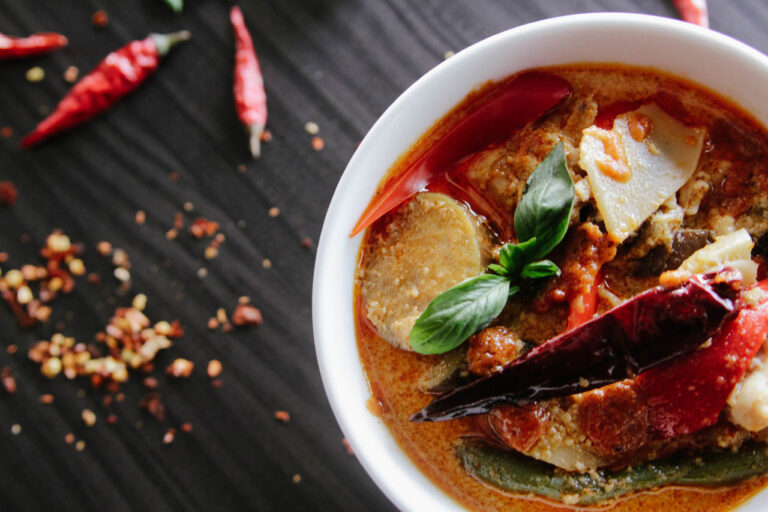In addition to physical causes, mental and psychological stress can add to low back pain. Stress can lead to muscle tension, which influences the lower back and intensifies discomfort. When individuals are worried, they may automatically stressful their muscles, consisting of those in the back, leading to raised pressure and discomfort. Over time, chronic stress and muscle tension can develop an ongoing cycle of pain and discomfort, as the body’s natural recovery processes are interrupted by stress-induced tension. This interaction between physical and psychological factors is known as the biopsychosocial design of pain, which highlights how pain perception is influenced by organic, emotional, and social factors.
Low back pain is one of the most common health issues worldwide, affecting numerous people yearly. It is a multifaceted condition that can emerge from different causes, varying from lifestyle factors and poor posture to medical conditions and injuries. Many individuals experience some degree of low back pain at some point in their lives, making it a widespread problem with substantial impacts on daily life, work efficiency, and total quality of life.
Injuries are a common contributor to low back pain and can occur due to crashes, sports activities, or other physical injuries. Herniated discs, where the soft cells in between spinal vertebrae pushes out and presses on nearby nerves, are a widespread source of pain. This condition, also referred to as a slipped or ruptured disc, can lead to sciatica, which causes emitting pain down the leg. Fractures in the vertebrae, particularly in individuals with osteoporosis or other bone-weakening conditions, are one more source of serious low back pain. Injuries to the muscles and ligaments in the lower back can also lead to prolonged discomfort, especially if the injuries do not recover properly or if inappropriate movements are repeated.
Age is another aspect that plays a role in low back pain. As individuals age, their spinal discs degenerate and shed water material, which decreases their cushioning capability and makes them much more prone to herniation or tear. The element joints, which enable the spine to flex and turn, can also degrade with age, leading to joint inflammation and inflammation in the lower back. Degenerative disc illness and osteo arthritis are two age-related conditions that frequently add to chronic low back pain. Additionally, as muscles normally lose strength and flexibility with age, the body comes to be less resistant to strain, raising the likelihood of injury and pain.
Posture plays a considerable role in the development of low back pain. Poor posture, especially when sitting, standing, or even resting, can position excessive pressure on the spine and its supporting structures. In time, this can lead to muscle imbalances, weakening of details muscle teams, and an increase in spinal imbalance. When the body’s alignment is jeopardized, additional strain is positioned on the lower back, leading to chronic pain. ปวดหลังช่วงเอว ผู้หญิง of modern technology has actually also added to this problem, as even more people spend prolonged hours stooped over computers or smart phones. This prolonged forward posture can weaken core muscles and cause the lower back to make up, resulting in strain and discomfort.
For many people, lifestyle adjustments can play a crucial role in minimizing low back pain. Regular workout, particularly activities that reinforce the core muscles, can give greater support for the spine and decrease the risk of pain. Stretching workouts, like yoga exercise, can improve flexibility and ease tension in the lower back. Correct training methods and preserving a healthy and balanced weight are also vital, as excess weight can position additional pressure on the spine and raise the chance of pain. Ergonomics, particularly in the work environment, can make a difference, with encouraging chairs, desks at the best elevation, and constant breaks from sitting being vital to protecting against and taking care of back pain.
The pain in the lower back is often called a dull, continuous pain or an unexpected, sharp sensation that can limit wheelchair and make normal activities testing. While some people experience low back pain temporarily and discover alleviation relatively swiftly, others endure chronic discomfort, leading to lasting difficulties and lifestyle adjustments. Factors contributing to low back pain vary. One key cause is muscle strain, which often results from lifting hefty things, abrupt motions, or turning awkwardly. Such pressures can affect muscles and tendons, leading to inflammation and discomfort. Additionally, prolonged durations of sitting, especially without proper assistance, can add to stress in the lower back area, which is why many white-collar worker and individuals with inactive lifestyles are prone to experiencing back pain.
When lifestyle changes are not sufficient, clinical treatment may be needed. Pain relief medicines, physical treatment, and often injections prevail strategies to handling low back pain. Physical treatment often focuses on enhancing muscles, enhancing flexibility, and dealing with posture. In cases of severe pain or architectural problems, such as herniated discs or spinal constriction, surgical treatment may be taken into consideration. Nonetheless, surgical procedure is generally booked for situations where other therapies have been ineffective, as it lugs dangers and needs an extensive recovery period.
Low back pain is a condition that can have a profound effect on an individual’s life. It can limit physical capacities, decrease efficiency, and strain mental well-being. For individuals with chronic pain, the influence can extend beyond physical discomfort, impacting social communications, individual connections, and general happiness. Creating an understanding of low back pain, its causes, and potential solutions is essential for any individual impacted by this condition. By adopting healthy behaviors, practicing great posture, and attending to both physical and mental health needs, lots of people can manage or even conquer low back pain.
Subscribe to Updates
Get the latest creative news from FooBar about art, design and business.
